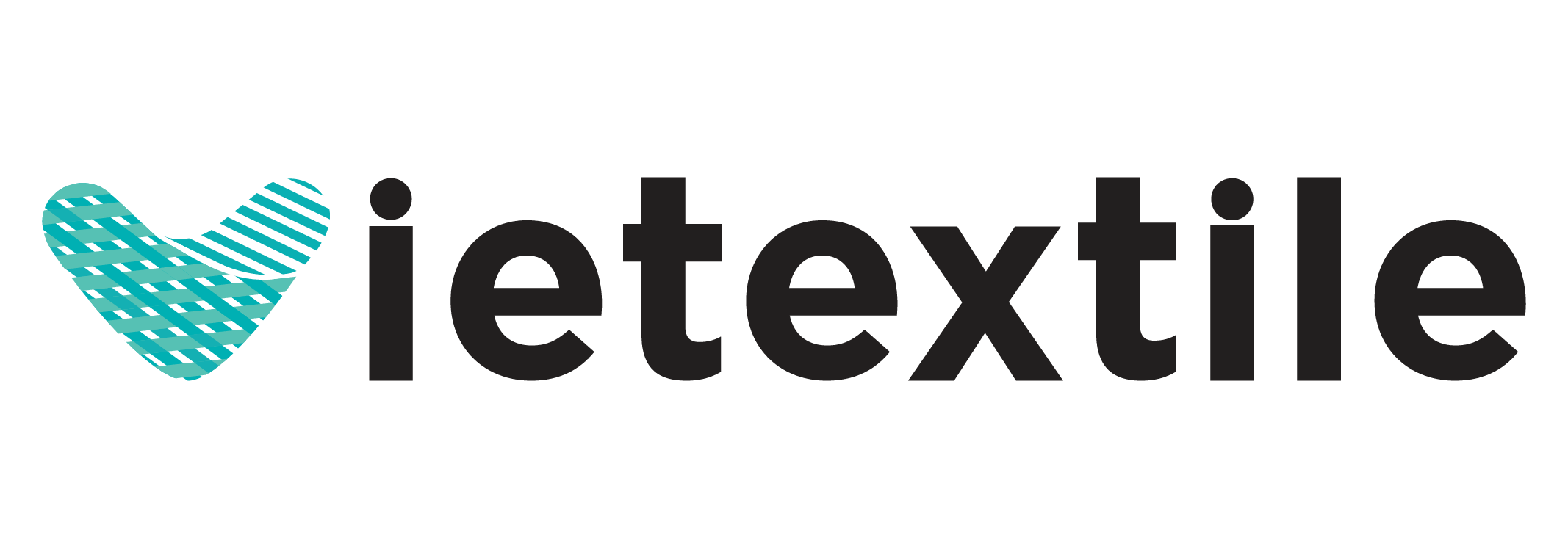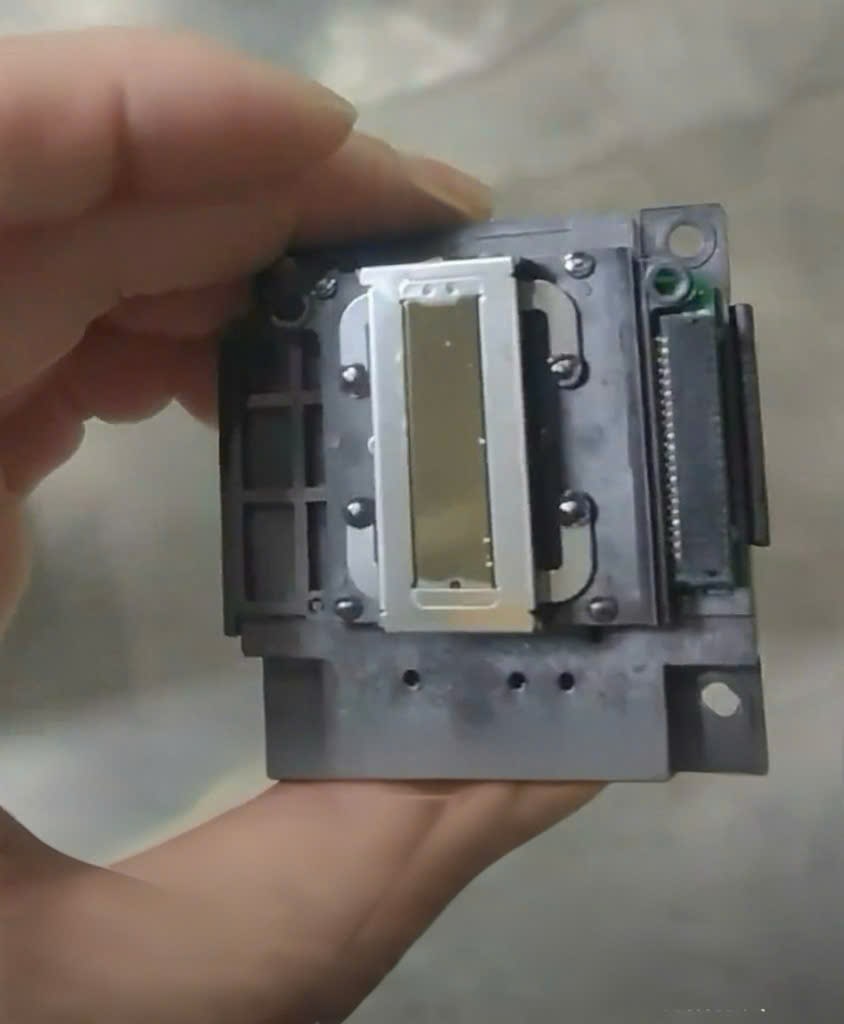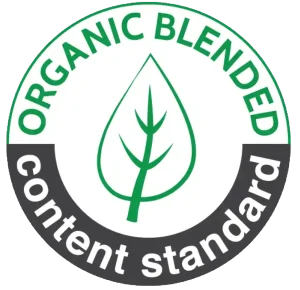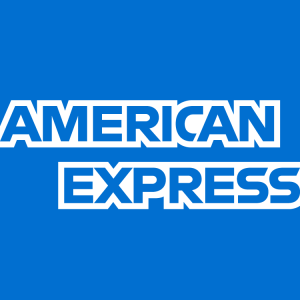In the digital fabric printing industry, especially with direct-to-fabric (DTF) printers, the print head is likened to the heart of the entire system. This is an extremely delicate and sensitive component, responsible for spraying millions of tiny ink droplets onto the fabric surface with high precision. However, due to the nature of printing inks and the production environment, print heads are very susceptible to clogging or damage. That’s why regular and proper cleaning direct-to-fabric print heads is a key factor to maintain print quality, extend print head lifespan, and optimize production efficiency.
This article will delve into two main methods for cleaning direct-to-fabric print heads: automatic (auto-clean) and manual (manual clean). We will analyze the operating principles, advantages, disadvantages of each method, and the appropriate time to apply them, helping you gain a comprehensive understanding to maintain your printing system most effectively.
1. What is Cleaning Direct-to-Fabric Print Heads?
Nội dung tóm tắt
Toggle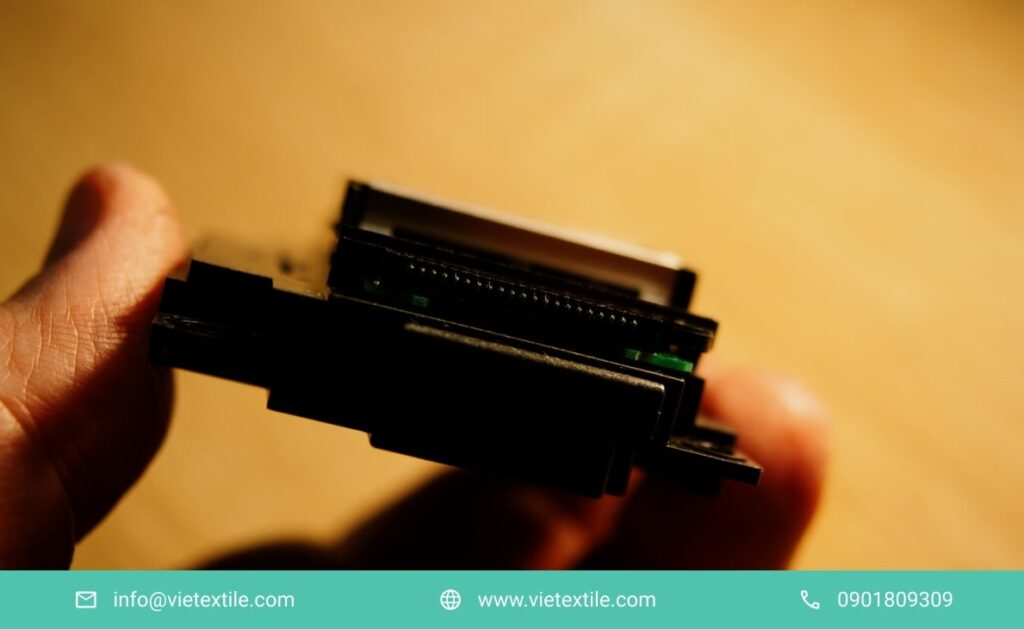
Cleaning direct-to-fabric print heads is the process of removing dried ink residue, dust, fabric fibers, or other impurities accumulated on the surface and inside the nozzles of the print head. These nozzles are extremely tiny, only a fraction of a human hair’s thickness, making them very prone to clogging by fast-drying water-based inks and microscopic dust particles in the air.
The main purposes of cleaning direct-to-fabric print heads are:
- Preventing clogging: Removing residue before it completely clogs the nozzles.
- Maintaining print quality: Ensuring ink is ejected evenly and precisely, avoiding errors like banding, missing colors, or uneven colors.
- Extending print head lifespan: Protecting print heads from permanent damage due to severe clogging or overheating, saving replacement costs.
- Optimizing efficiency: Reducing machine downtime due to print head-related issues, ensuring continuous production.
2. Importance of Cleaning Direct-to-Fabric Print Heads
Neglecting or improperly performing cleaning direct-to-fabric print heads can lead to serious consequences, directly impacting product quality and business profitability.
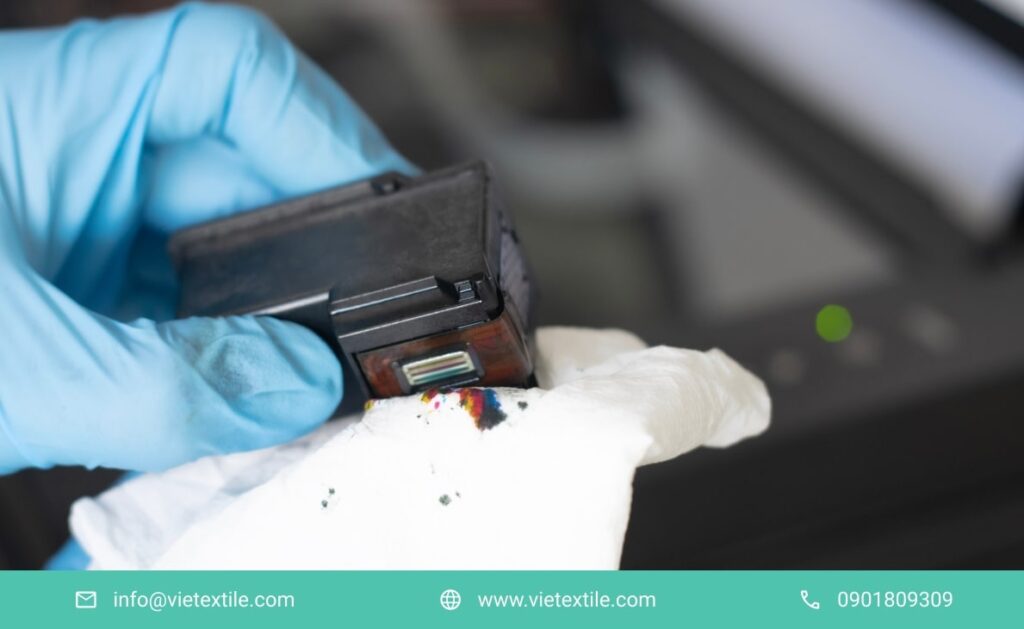
2.1 Reduced Print Quality
When print heads are clogged, even if only a few nozzles, it will lead to missing pixels in the print. This manifests as white streaks (banding), color shifts, or blurred details. Reduced print quality directly affects the aesthetic appeal of the product and can lead to customer dissatisfaction or product rejection.
2.2 Permanent Print Head Damage
Minor clogs, if not addressed promptly, will become more severe, forming hard, dried ink clumps that cannot be removed. This situation can put pressure on the print head, leading to circuit damage or overheating, causing the print head to burn out or be permanently damaged. The cost of replacing print heads is very high, potentially accounting for a significant portion of the total operating costs of a fabric printer.
2.3 Increased Maintenance Costs and Downtime
When a print head malfunctions, the printer will have to stop operation for repair or replacement. Machine downtime means reduced production capacity, delayed orders, and lost business opportunities. Frequently resolving print head-related issues also increases maintenance costs and labor.
2.4 Impact on Brand Reputation
Fabric products with printing errors due to dirty or clogged print heads will directly affect the image and reputation of local brands or businesses. Delayed deliveries or substandard products can erode customer trust, making it difficult to secure new contracts. Therefore, cleaning direct-to-fabric print heads is not just a technical task but also a strategic factor.
3. Methods for Cleaning Direct-to-Fabric Print Heads
There are two main methods for cleaning direct-to-fabric print heads, each with its own advantages and disadvantages, suitable for different print head conditions.
3.1 Automatic Cleaning (Auto-Clean)
Automatic cleaning is a print head cleaning process performed by the printer itself, through control software or according to a preset schedule.
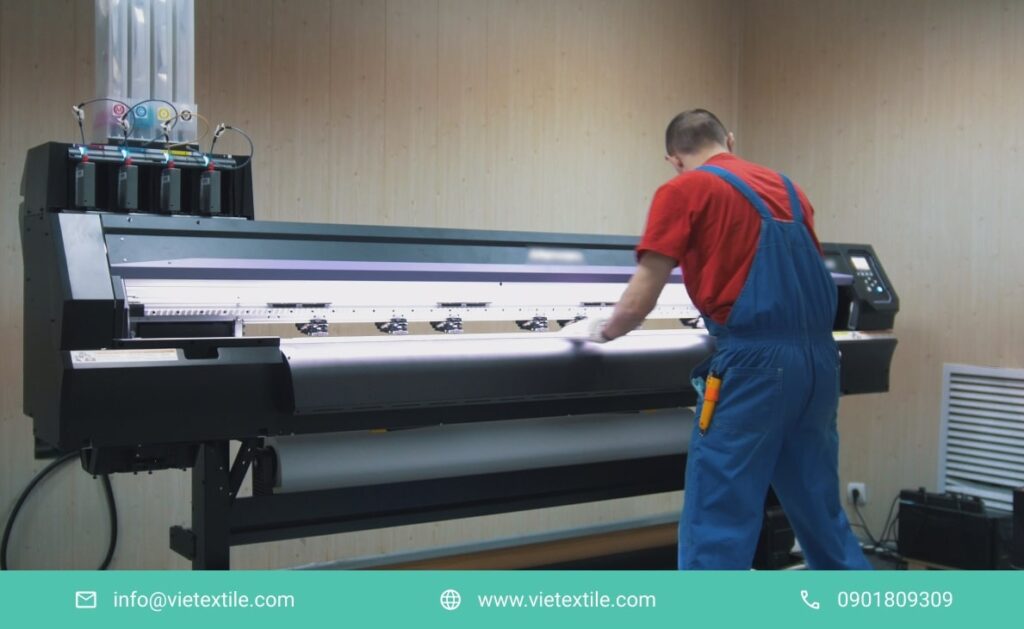
- Operating principle:
- Purging: The machine ejects a small amount of ink through the nozzles to clear minor clogs or air bubbles.
- Wiping: A rubber wiper blade or similar material moves across the print head surface to wipe away excess ink and dust.
- Capping: The print head is sealed by a rubber cap at the capping station to prevent air exposure to the ink, avoiding ink drying and clogging.
- Advantages:
- Convenient and effortless: The operator does not need to intervene directly; the process is automatic.
- Reduced risk of human error: No risk of damaging the print head due to incorrect operation.
- Regular and automatic: Helps maintain good print head condition daily, preventing clogs early on.
- Effective for preventing minor clogs: Very good for maintaining clear nozzles under normal operating conditions, an important part of routine cleaning direct-to-fabric print heads.
- Disadvantages:
- Ink Waste: Each automatic cleaning cycle consumes a certain amount of ink, which can increase operating costs if performed too frequently or unnecessarily.
- Ineffective for severe clogs: For heavy clogs, hard dried ink clumps, or completely missing nozzles, automatic cleaning is usually not powerful enough to resolve.
- Can cause component wear: The rubber wiper blade can wear out over time and needs regular replacement.
3.2 Manual Cleaning (Manual Clean)
Manual cleaning requires direct intervention by the operator to clean the print head and related components.
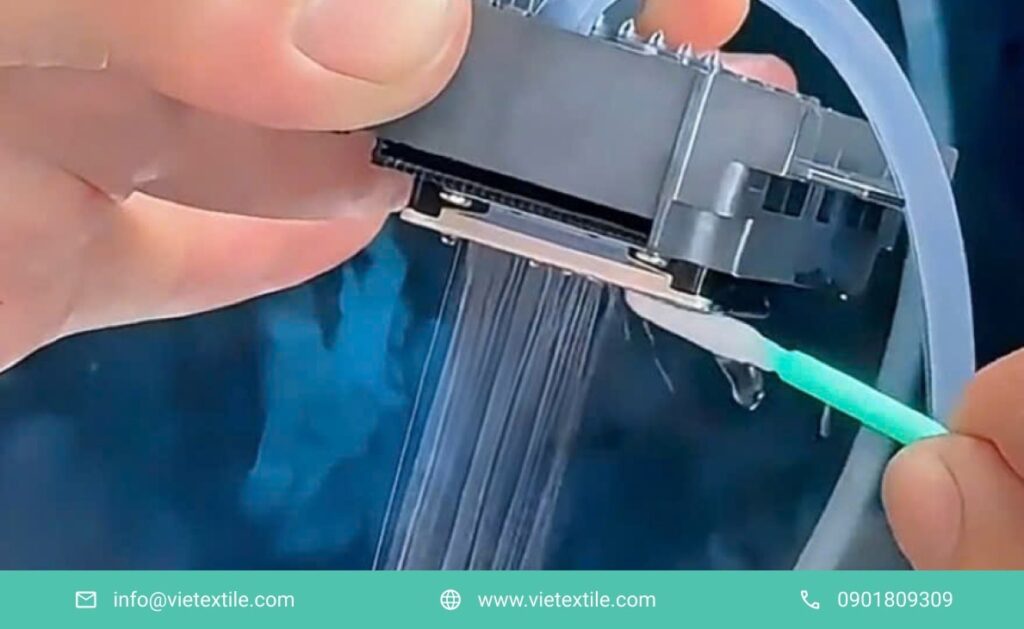
- Operating principle:
- Visual inspection: The operator visually checks the condition of the print head, nozzles, and maintenance station.
- Surface wiping: Uses specialized cleaning solution and lint-free wipes/swabs to wipe clean the print head surface, removing excess ink and dust.
- Nozzle cleaning: Uses specialized tools to suction or push cleaning solution through each nozzle, dissolving and removing clogs.
- Maintenance station cleaning: Thoroughly cleans the capping station and wiper blade to ensure they function effectively.
- Advantages:
- Highly effective for severe and stubborn clogs: It is the last resort when automatic cleaning cannot solve the problem.
- Helps visually inspect print head condition: Allows the operator to accurately assess the degree of clogging and potential damage.
- More ink-efficient for localized clogs: Focuses only on the affected area, not wasting ink on the entire print head.
- Resolves issues auto-clean cannot: Such as stubborn residue or deep clogs. This is an in-depth method of cleaning direct-to-fabric print heads.
- Disadvantages:
- Time and effort consuming: The process requires meticulousness and care, taking more time than automatic cleaning.
- Requires skill and experience: The operator needs to be well-trained and knowledgeable about print head structure and correct use of cleaning chemicals.
- Risk of print head damage if done incorrectly: Strong force, using sharp objects, or using inappropriate cleaning solutions can cause permanent damage to the print head, increasing repair costs.
- Can cause mess: If not careful, dirty ink can spill onto other parts of the machine.
4. When to Use Each Method and Best Practices for Cleaning Direct-to-Fabric Print Heads
To optimize performance and print head lifespan, both cleaning methods should be combined appropriately.
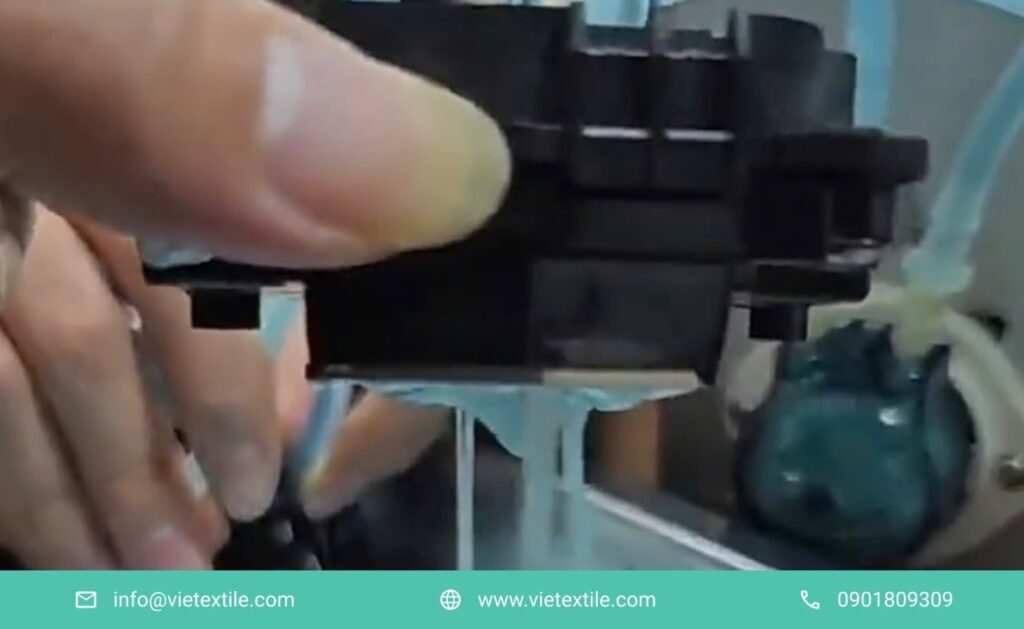
4.1 When to Use Automatic Cleaning (Auto-Clean)
- Daily: Perform automatic cleaning at the beginning and end of each shift to remove dried ink residue overnight or after continuous machine operation.
- After a period of no printing: If the printer is paused for a few hours, an auto-clean cycle should be run before resuming printing.
- When minor print quality issues are first noticed: If prints start showing slight banding or missing pixels, auto-clean can quickly resolve them.
4.2 When to Use Manual Cleaning (Manual Clean)
- When auto-clean cannot resolve clogs: If print quality does not improve after multiple auto-clean cycles, manual intervention is needed.
- When there are severe clogs or completely missing nozzles: Heavy clogs usually require focused and intensive manual cleaning.
- According to a regular maintenance schedule: In addition to cleaning when issues arise, manual cleaning should be performed on a schedule (e.g., weekly or monthly) to ensure the print head is always clean and to remove accumulated old residue.
- When changing ink types: Some ink types have different compositions, and switching may require thorough cleaning to avoid reactions between inks.
- After a long period of machine inactivity: If the printer has been idle for several days or weeks, ink may dry inside the nozzles, requiring manual cleaning.
4.3 Best Practices for Cleaning Direct-to-Fabric Print Heads
- Use specialized solutions and materials: Always use cleaning solutions, wipes, and lint-free swabs recommended by the printer manufacturer. Avoid using unknown chemicals or sharp objects that could damage the print head.
- Ensure a clean printing environment: Keep the area around the printer clean, dust-free, and control humidity to minimize the risk of clogs due to dust and dry ink.
- Train professional technicians: Only well-trained and experienced personnel should perform manual cleaning to avoid damaging the print head.
- Keep a history log: Record detailed cleaning instances (automatic and manual) and print head performance to monitor its condition and plan preventive maintenance.
5. VieTextile: Expert in Cleaning Direct-to-Fabric Print Heads and Fabric Printer Maintenance
VieTextile proudly stands as a leading partner in digital fabric printing, not only providing high-quality printing services but also focusing on professional cleaning direct-to-fabric print heads and fabric printer maintenance. We understand that investing in proper maintenance is a key factor to ensure product quality and extend equipment lifespan.
With a team of experienced technicians, well-trained in various DTF fabric printer types and print head cleaning procedures, VieTextile commits to:
- Applying standard cleaning procedures: Performing both routine automatic cleaning and in-depth manual cleaning when needed, according to manufacturer recommendations.
- Using high-quality cleaning supplies: Only using specialized cleaning solutions and materials that are safe for the print head.
- Ensuring optimal print quality: Maintaining print heads in the best condition, delivering sharp prints with accurate colors for all products.
- Consultation and maintenance support: Ready to advise customers on how to maintain fabric printers and effectively perform cleaning direct-to-fabric print heads.
Let VieTextile help you optimize the performance and enhance the quality of your fabric print products.
6. Frequently Asked Questions (FAQs)
To help our valued customers better understand cleaning direct-to-fabric print heads, here are some frequently asked questions:
Q: How often should direct-to-fabric print heads be cleaned? A: Automatic cleaning should be performed daily (before and after shifts). In-depth manual cleaning should be performed periodically (e.g., weekly or monthly), depending on machine usage and ink type.
Q: Can alcohol or distilled water be used to clean print heads? A: Absolutely not. Only use specialized cleaning solutions recommended by the printer or ink manufacturer. Alcohol, distilled water, or inappropriate chemicals can dry out, permanently clog, or corrode sensitive components inside the print head.
Q: Does cleaning direct-to-fabric print heads help save ink? A: Proper cleaning helps the print head operate efficiently, minimizing clogs and print errors, thereby reducing the number of faulty prints that need to be discarded. Although automatic cleaning consumes a small amount of ink, overall it significantly saves ink by reducing waste and optimizing quality.
Q: What are the consequences of not regularly cleaning direct-to-fabric print heads? A: Irregular cleaning will lead to print head clogging, reduced print quality (banding, missing colors), increased risk of permanent print head damage (leading to higher replacement costs), and machine downtime, severely impacting production efficiency and profitability.
7. References & Contact
- How Cleaning Print Heads Saves Operating Costs and Ink
- Fabric Printer Malfunctions: Common Errors & Effective Solutions
- Epson Digital Fabric Printers: Meeting Demands, Moving Towards Sustainable Trends
To ensure your fabric printing system always operates efficiently and extends print head lifespan with professional direct-to-fabric print head cleaning services, contact VieTextile today!
Contact Information:
- Hotline: 0901 809 309
- Email: info@vietextile.com
- Website: https://vietextile.com
